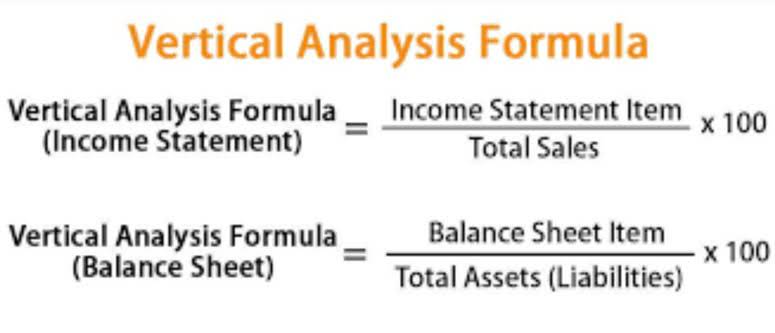
Uncover the true nature of business transactions and learn why the economic reality trumps legal formality. This systematic approach in drafting balance sheets not only streamlines financial reporting but also instills confidence in the integrity of the data presented. Shareholders’ Equity, according to the Normal Balance of Accounts, represents the residual interest in a company’s assets after liabilities are subtracted, indicating the ownership stake. This section outlines requirements and best practices related to Accounting Fundamentals – Normal Balances. While not required, the best practices outlined below allows users to gain a better picture of the entity’s financial health and help identify potential issues on a more frequent basis.
Although each account has a normal balance in practice it is possible for any account to have either a debit or a credit balance depending on the bookkeeping entries made. A credit purchase (you purchased on payment terms or a credit card) has no effect on your cash flow – there is no cash coming into the business or leaving the business. Your cash flow will decrease in the future when you pay your bills (your Accounts Payable). When summed up in accordance with the accounting equation, the data above fosters a transparent view of the company materials, obligations, and the net worth assigned by shareholders. Perfecting this equation is the cornerstone of financial accounting and is critical in the business landscape of the United States and beyond.
Double Entry Bookkeeping
In accounting, the normal balance of an account is the preferred type of net balance that it should have. Debits and credits differ in accounting in comparison to what bank users most commonly see. For example, when making a transaction at a bank, a user depositing a $100 check would be crediting, or increasing, the balance in the account. This way, the transactions are organized by the date on which they occurred, normal balance of accounts providing a clear timeline of the company’s financial activities. Because the balances in the temporary accounts are transferred out of their respective accounts at the end of the accounting year, each temporary account will have a zero balance when the next accounting year begins. This means that the new accounting year starts with no revenue amounts, no expense amounts, and no amount in the drawing account.
- All of these products or services are prime examples of accounts payable.
- Liabilities, equity, and revenues usually increase on the credit side, making their normal balance credit.
- Normalizing entries are typically made at the end of an accounting period to ensure that the financial statements accurately represent the business’s ongoing operations.
- Consider a company ABC which gets supplies of spanners worth one thousand dollars from one of its suppliers.
- When a company purchases goods or services on credit, it records a credit entry in the Accounts Payable account, increasing its balance.
It can also refer to their total assets after deducting their liabilities. If I look closer at the cheat table, I can also see that an asset account can have debit and credit transactions which increase or decrease the account … So I think I’m still okay with saying the money to purchase the term deposit came from my bank account. Understanding https://www.bookstime.com/blog/know-the-basics-accounting-versus-bookkeeping these balance of accounts examples is key for both seasoned professionals and those new to the financial scene, as they provide a roadmap for recording and analyzing transactions. Not only do they inform reporting accuracy, but they are also pillars supporting the transparency and credibility of a company’s financial portrayal.
Equity and Liability Accounts: Understanding Credit Balance Norms
Finally, the owner’s equity balance indicates the total ownership stake in the business and usually shows a credit balance as per the Normal Balance of Accounts. This balance represents the owners’ residual interest in the company’s assets, which would theoretically be available after settling all liabilities. The percentage of owner’s equity can be a critical indicator of a company’s leverage and financial health. Visual aids can be powerful, and in accounting, T-accounts serve as such by illustrating the flow of transactions through accounts, a concept central to the Normal Balance of Accounts. A ledger entry is clearly demarcated in T-accounts, providing a graphical representation that shows the left (debit) and right (credit) sides.
When an account has a balance that is opposite the expected normal balance of that account, the account is said to have an abnormal balance. For example, if an asset account which is expected to have a debit balance, shows a credit balance, then this is considered to be an abnormal balance. The entry must total zero when you are finished if you want to remain balanced.



